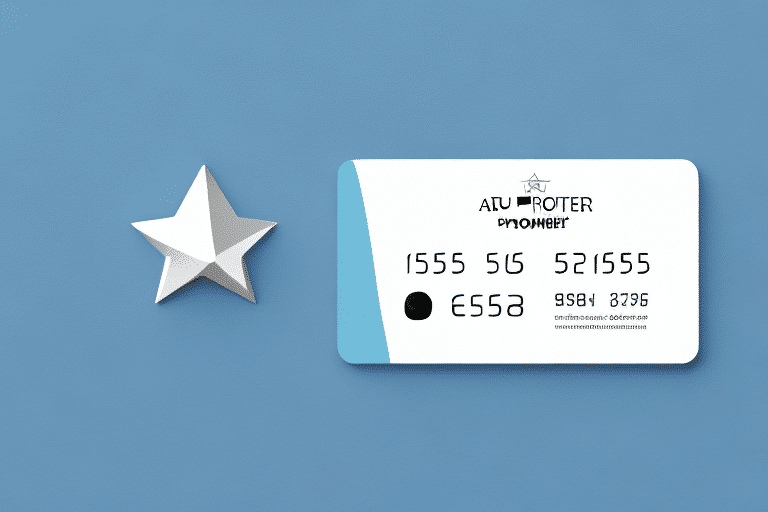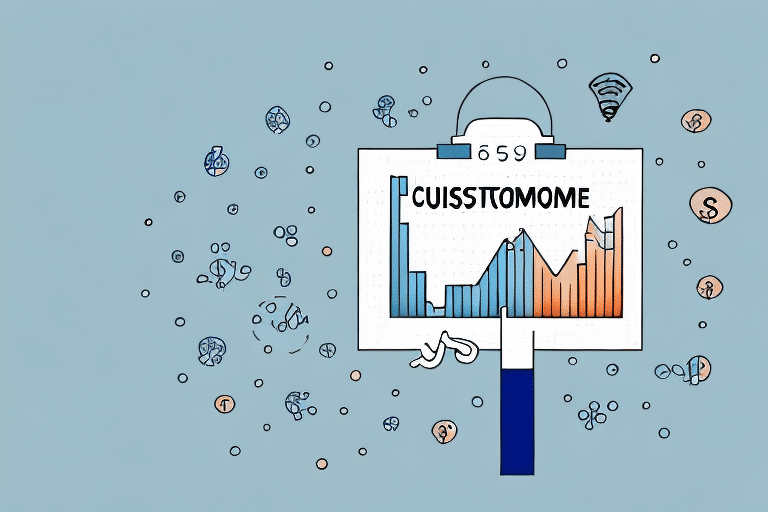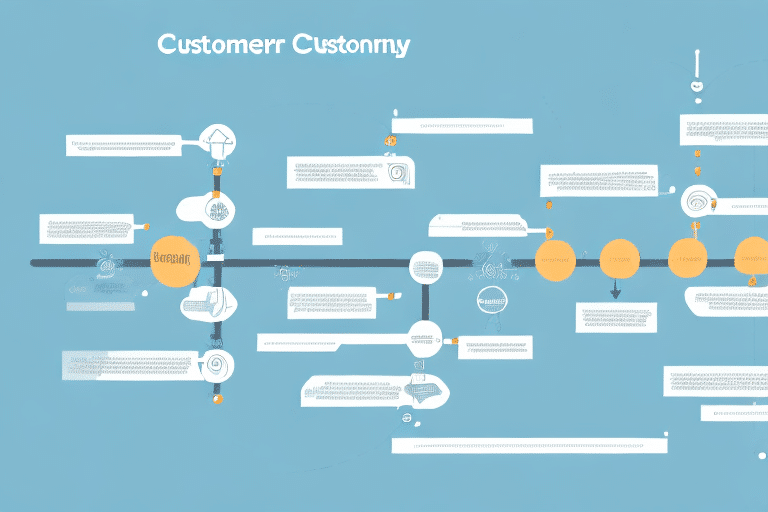The Importance of Customer Retention in Business Growth
In today’s competitive market, customer retention is more crucial than ever for sustainable business growth. According to Bain & Company, increasing customer retention rates by just 5% can boost profits by 25% to 95%. Retaining existing customers is not only more cost-effective than acquiring new ones, but loyal customers also tend to spend more and advocate for the brand.
Understanding the Difference Between Customer Retention and Customer Acquisition
Customer acquisition focuses on attracting new customers through marketing and advertising efforts, often requiring significant investment. In contrast, customer retention emphasizes nurturing existing relationships through personalized communication and exceptional service, leading to a more sustainable and cost-effective growth strategy.
The Cost-Effectiveness of Retaining Customers
Marketing to existing customers is generally less expensive than targeting new prospects. Loyal customers are more likely to make repeat purchases and engage in upselling and cross-selling opportunities. Additionally, they contribute to organic growth through word-of-mouth referrals, further reducing customer acquisition costs.
Strategies for Building Customer Loyalty
Effective customer loyalty strategies are essential for maintaining long-term relationships and ensuring repeat business. Implementing structured programs can significantly enhance customer engagement and satisfaction.
Reward Programs
Reward programs offer incentives for repeat purchases and engagement, such as discounts, free products, or exclusive offers. According to a survey by the National Retail Federation, 81% of consumers are more likely to continue doing business with brands that offer loyalty programs.
Personalization
Personalizing the customer experience by tailoring rewards and communications to individual preferences can significantly boost loyalty. Utilizing data analytics to understand customer behavior allows businesses to offer relevant recommendations and promotions, enhancing the overall customer experience.
Creating and Managing Effective Loyalty Programs
Designing a successful loyalty program requires careful planning, execution, and continuous improvement to meet customer expectations and business goals.
Planning and Setting Goals
Identify clear objectives for your loyalty program, such as increasing repeat purchases, enhancing customer engagement, or boosting average order value. Establishing measurable goals will help in assessing the program's effectiveness and making necessary adjustments.
Measuring Success
Track key performance indicators (KPIs) such as customer retention rates, lifetime value, and referral rates. Tools like SurveyMonkey can be used to gather customer feedback, providing insights into program performance and areas for improvement.
Avoiding Common Mistakes in Loyalty Programs
Implementing a loyalty program comes with challenges. Avoiding common pitfalls ensures the program remains effective and continues to provide value to both the business and its customers.
- Complexity: Ensure the program is easy to understand and use. Complicated rules can deter participation.
- Irrelevant Rewards: Offer rewards that truly resonate with your target audience. Generic incentives may not drive engagement.
- Lack of Personalization: Avoid treating all customers the same. Personalize rewards to cater to individual preferences.
- Neglecting Feedback: Regularly solicit and act on customer feedback to keep the program aligned with customer needs.
Future Trends in Customer Retention and Loyalty Programs
The landscape of customer retention and loyalty programs is evolving with advancements in technology and changing consumer behaviors. Staying ahead of these trends can provide a competitive edge.
Increased Personalization and Customization
Leveraging artificial intelligence and machine learning enables businesses to offer highly personalized experiences, tailoring rewards and communications to individual customer preferences.
Integration with Digital Technologies
Integrating loyalty programs with mobile apps, social media platforms, and e-commerce systems enhances accessibility and engagement. For instance, mobile-based loyalty apps allow customers to track rewards and receive real-time offers.
Gamification
Incorporating game-like elements such as points, badges, and challenges makes loyalty programs more engaging and fun. Gamification can increase customer participation and make the experience more interactive.
Social Media Integration
Using social media to promote loyalty programs and encourage customer interaction can amplify reach and foster a community around the brand. Engaging content and exclusive social media rewards can enhance customer loyalty.
Conclusion
Customer retention and loyalty programs are vital for building enduring relationships and driving sustainable business growth. By understanding the importance of retention, implementing effective strategies, avoiding common mistakes, and keeping up with emerging trends, businesses can create a loyal customer base that supports long-term success.








